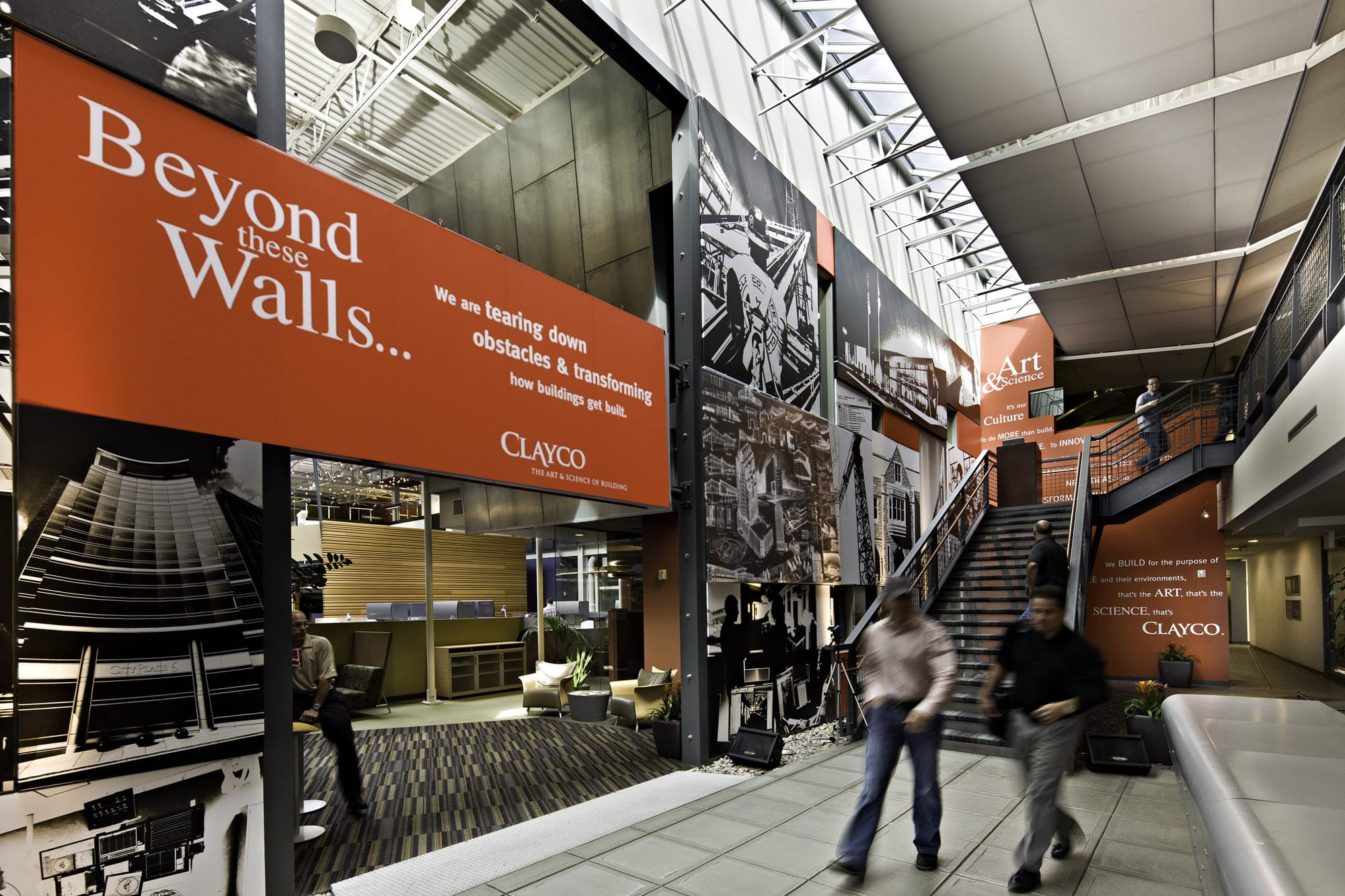Building with Intention: The Gary C. Werths Building at Siteman Cancer Center
The 657,000 SF Gary C. Werths Building at Siteman Cancer Center serves 200,000 patients annually. Discover how Bob Clark Beyond principles shaped this LEED Gold healthcare facility.



.svg)
.svg)
%20(1).jpg)





.avif)


.svg)


.svg)